Did you know that there are over 62,000 known species of vertebrate animals on Earth today?
This impressive number includes a vast variety of creatures, from the smallest fish to the largest mammals, all sharing one key feature: a backbone.
Because they have skeletons that fossilize easily, vertebrate animals have provided scientists with valuable clues about the evolution of life. Fossils reveal details of their anatomy, while embryological studies have uncovered other fascinating facts—such as whether a species is an amniote (with a protective embryonic membrane) or anamniote (without one).
In this guide, we’ll explore the origin, main traits, scientific classification, and examples of vertebrate animals, helping you recognize and better understand this major group in the animal kingdom.

Vertebrates first appeared around 525 million years ago, during the Paleozoic Era.
The earliest known vertebrates were fish. One of the oldest fossil examples is Haikouichthys, a primitive fish with a backbone, discovered in China in 1999. This ancient species marked the starting point for the evolutionary journey of all vertebrates.
Backbone (Vertebral Column)
Made of individual vertebrae, it provides body support and protects the spinal cord.
Its structure adapts to different environments: land, water, or air.
Bilateral Symmetry
The body is symmetrical on both sides, with a skeleton made of bone or cartilage.
Clearly Defined Body Regions
Head, trunk, and limbs (front and hind), plus a tail in most species for balance, movement, or climbing.
Complex Nervous System
A brain protected by a skull controls sensory and motor functions.
Sexual Reproduction
Separate male and female individuals, with genetic exchange ensuring survival of the species.
Varied Limbs
Fins, wings, or legs for movement; some species (like snakes) have no limbs at all.
Jaws in Most Species
Present in most vertebrates except jawless fish (agnathans) such as lampreys and hagfish.
Diverse Skin Coverings

Vertebrates belong to the phylum Chordata, subphylum Vertebrata. They are divided into:
Jawless Vertebrates (Agnatha)
Lampreys, hagfish.
Jawed Vertebrates (Gnathostomata)
Tetrapods (Four-Limbed Vertebrates)
Amphibians (frogs, salamanders)
Reptiles (snakes, turtles, lizards)
Birds (eagles, penguins)
Mammals (humans, lions)
Based on embryonic development:
Anamniotes (no amniotic membrane): fish, amphibians.
Amniotes (with amniotic membrane): mammals, reptiles, birds.
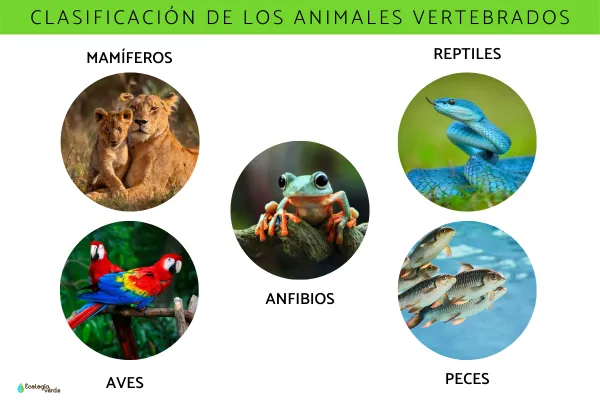
Traits: Warm-blooded, give live birth, nurse young with milk, have hair or fur.
Examples: Humans, tigers, Elephants-Are-Endangered.html">elephants, dolphins, bats.
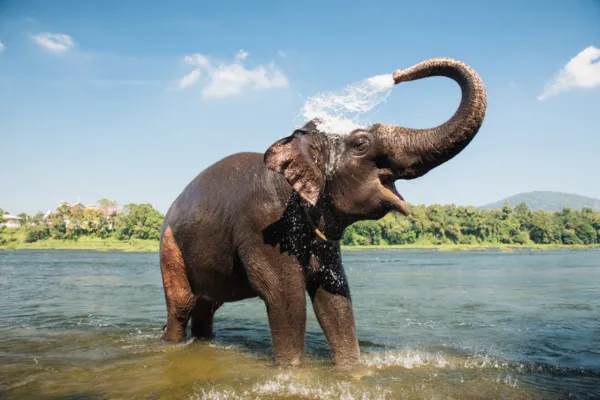
Traits: Warm-blooded, feathers, lay eggs, wings (most can fly).
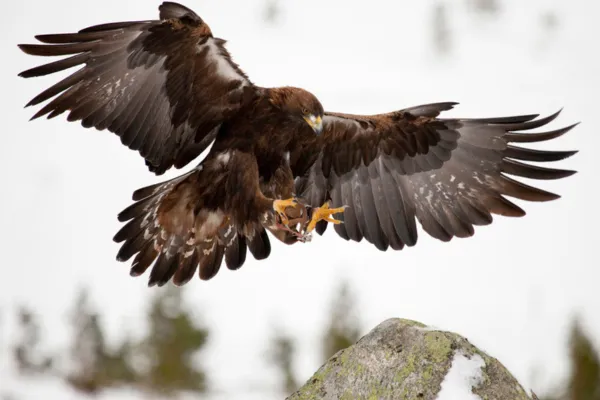
Traits: Cold-blooded, covered in scales, mostly egg-laying.
Examples: Snakes, turtles, crocodiles, lizards.
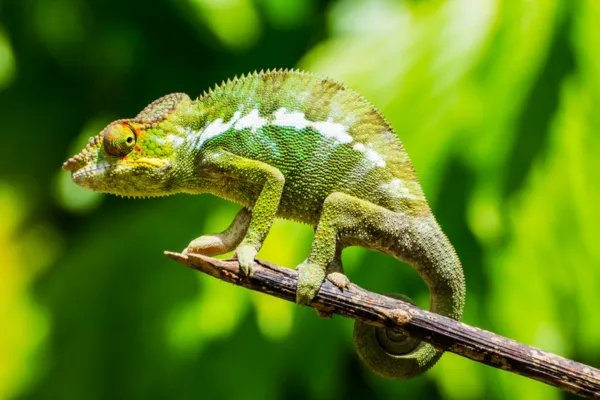
Traits: Begin life in water, adults can live on land; skin must stay moist.
Examples: Frogs, toads, salamanders.

Traits: Live in water, breathe through gills, have fins.
Examples: Sharks, tuna, salmon, rays.
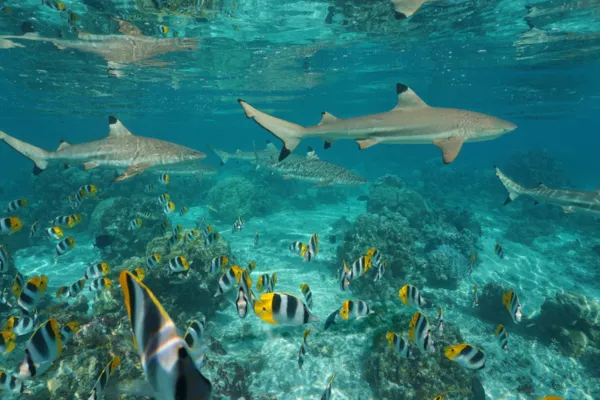
Mammals: Koala, gorilla, chimpanzee, Bengal tiger, Asian elephant, white rhinoceros, domestic dog.
Birds: Macaw, toucan, albatross, snowy owl, vulture, Andean condor.
Reptiles: Komodo dragon, iguana, chameleon, python, crocodile.
Amphibians: Poison dart frog, tree frog, common toad, newt, Iberian ribbed newt.
Fish: Great white shark, ocean sunfish, manta ray, lionfish, salmon, eel.
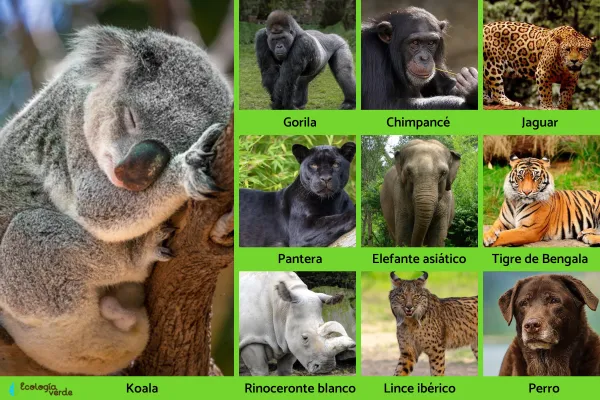

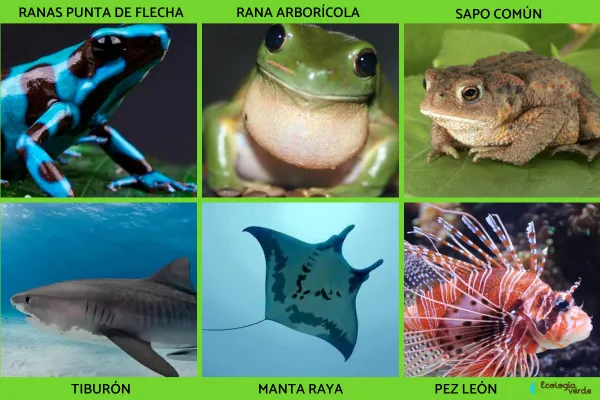
Vertebrates: Have a backbone, skull, and complete internal skeleton.
Invertebrates: No backbone; may have an external skeleton (exoskeleton) such as the chitin shells of insects or calcium shells of crustaceans.

Bibliography
Hickman, C. et al., (2003) Zoology: Integral Principles, 5th ed. McGraw-Hill Interamericana de España (Madrid), pp. 190-215.
Olalla, L. (2001) Structural characteristics and formation of cardiac cartilage in amniote vertebrates. University of Malaga (Spain).
animal tags: vertebrate animals
We created this article in conjunction with AI technology, then made sure it was fact-checked and edited by a Animals Top editor.